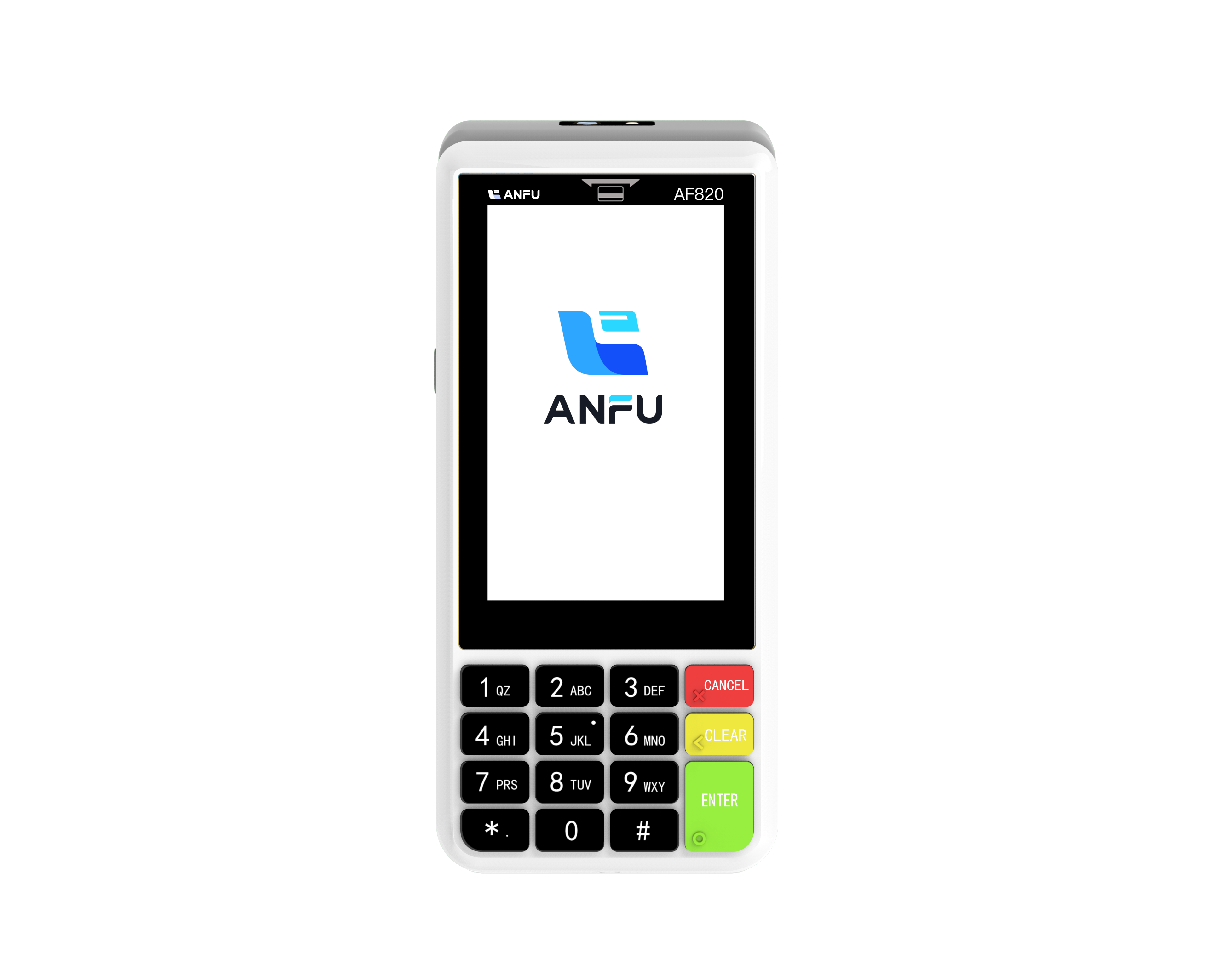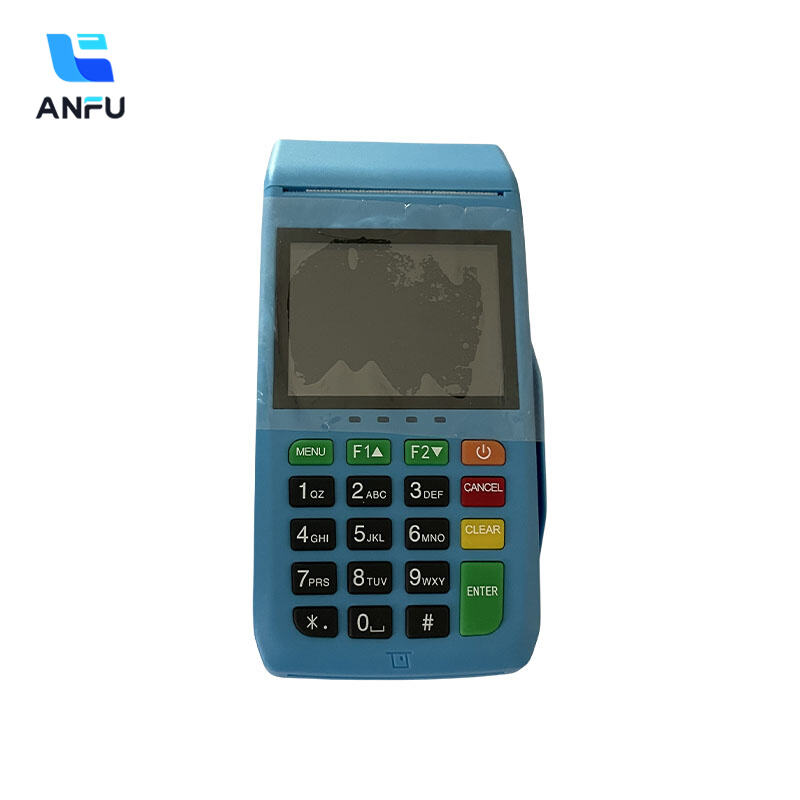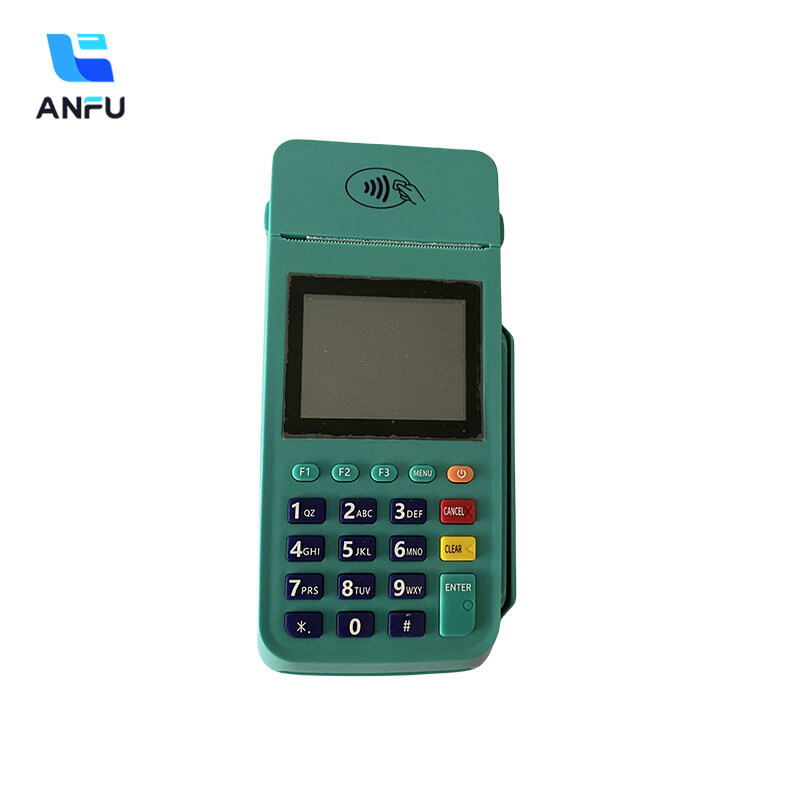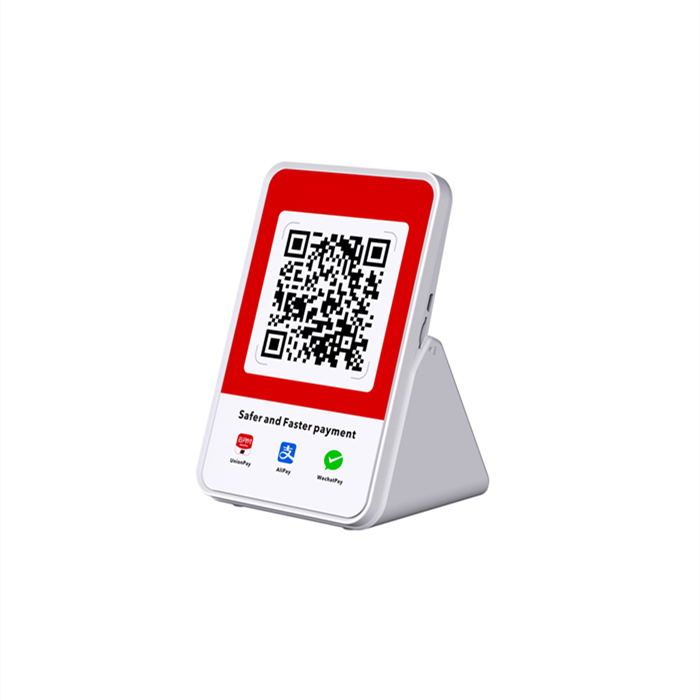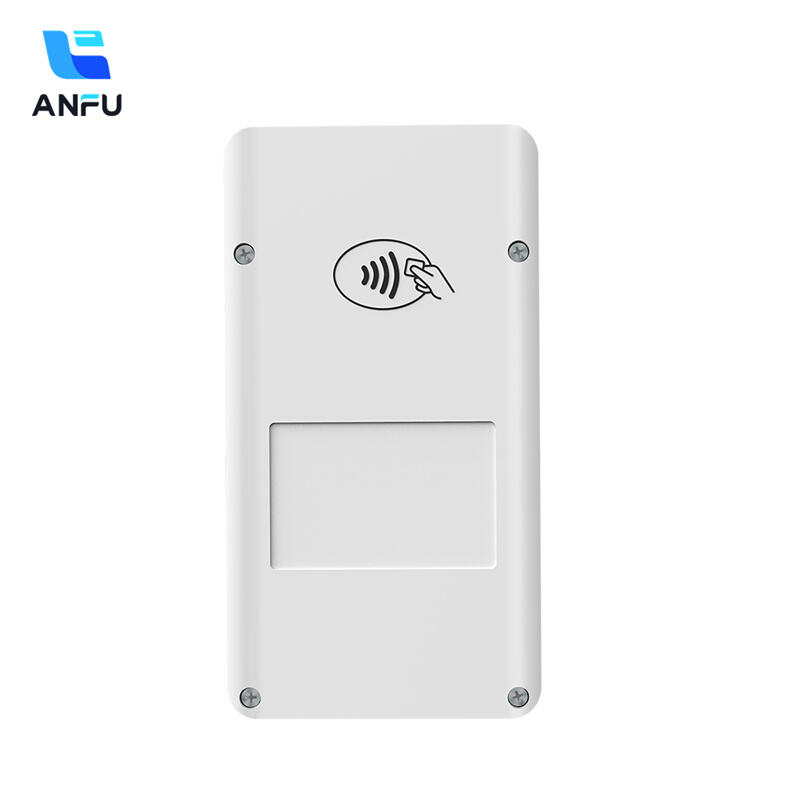Upgrade Your Business with Mini Android POS Mobility
The Evolution of POS Systems: Embracing Mini Android Mobility
From Bulky Registers to Pocket-Sized Power
The journey from traditional bulky point-of-sale (POS) registers to today’s sleek mini Android POS systems marks a significant transformation in the retail and hospitality sectors. Historically, businesses relied on hefty cash registers that restricted mobility and flexibility, creating challenges in adapting to evolving consumer demands. With the advent of technology, there has been a pivotal shift towards mobile solutions offering seamless transactions on the go. Mini Android POS systems bring portability and ease of use into everyday business operations, freeing retailers from the limitations of static setups. According to recent market studies, mobile POS adoption is rapidly rising among small businesses, with an estimated growth rate of over 19% annually, reflecting their growing popularity and practicality.
Android OS: The Game-Changer in Payment Technology
Android OS has emerged as a revolutionary force in payment technology, significantly impacting the way businesses conduct transactions. Known for its user-friendly interface and open-source customization capabilities, Android allows businesses to tailor POS solutions precisely to their needs. This adaptability has enabled third-party developers to innovate and produce versatile apps, streamlining transaction processes and elevating customer experiences. Expert opinions often highlight the benefits of Android-based systems, noting their ability to offer cost-effective, scalable solutions that adapt with business growth. For instance, in a highly competitive market, an Android-powered POS system can provide a competitive edge through its seamless integration and vast application ecosystem, making it a preferred choice for modern enterprises.
Key Features of Modern Mini Android POS Devices
Compact Design for On-the-Go Transactions
The ergonomic design of mini Android POS devices caters to the needs of businesses that require mobility in their operations. These devices are not only convenient but also adaptable to various environments, especially in sectors like hospitality and retail where space is precious. For instance, restaurant staff can take orders and process payments at tables, enhancing the dining experience, while retail associates can engage customers anywhere in the store, reducing wait times and improving service. User feedback often highlights increased efficiency and customer satisfaction following the implementation of such portable systems.
Wireless Connectivity Options (4G/WiFi/Bluetooth)
Wireless connectivity is crucial in enhancing the user experience and transaction efficiency of mini Android POS devices. With options such as 4G, WiFi, and Bluetooth, these POS systems can adapt to various operational scenarios, including those in remote or pop-up locations where traditional wired setups are not feasible. For example, a food truck can rely on 4G connectivity to handle transactions in bustling areas, while a boutique store may use WiFi for consistent in-store operations. Statistics indicate that reliable connectivity boosts customer satisfaction, as it minimizes transaction interruptions and enhances service delivery.
EMV Compliance & Contactless Payment Support
EMV compliance is necessary for mini Android POS systems to prevent fraud and implement the liability shifts mandated by card networks. This compliance ensures that businesses are protected against fraudulent activities while providing a secure transaction environment. Additionally, there is a noticeable consumer shift towards contactless payments, with a growing preference for tapping cards or using mobile wallets as a quick, convenient method. Payment processors report that contactless payments not only enhance transaction speed but also improve security measures, ensuring that businesses can meet customer expectations and regulatory standards effectively.
Boosting Business Agility with Mobile POS Solutions
Tablet-Based Operations for Floor Sales
Tablet-based POS systems are revolutionizing how businesses conduct floor sales. These systems optimize checkout processes by allowing staff to move freely around the sales floor, engaging customers and processing transactions anywhere within the premises. Businesses in retail and hospitality have particularly benefited from this mobility, seeing improvements in customer interaction and reduced wait times. For instance, a transition to tablet-based operations at a retail chain led to a 30% increase in checkout speed and a substantial boost in customer satisfaction. Recent industry reports also highlight that such mobile POS systems contribute significantly to operational efficiency, making them a crucial element for modern businesses.
Real-Time Inventory Tracking via Cloud Sync
Real-time inventory tracking is a critical component for maintaining optimal stock levels and enhancing supply chain efficiency. By leveraging cloud synchronization, businesses can seamlessly update and access inventory data across multiple locations, minimizing overstock and stockouts. This approach enhances business operations by allowing instant access to inventory levels, thereby facilitating timely decision-making. According to recent data, companies implementing cloud-synced POS systems showed a 20% reduction in inventory discrepancies. This improvement underscores the value of mobile POS solutions, enabling businesses to better manage resources and improve service delivery.
Customizable Interfaces for Industry-Specific Needs
The ability to tailor POS functionalities to suit specific industry demands is a game-changer for many businesses. Customizable interfaces allow enterprises in sectors such as restaurants, retail, and healthcare to adjust their systems according to unique operational requirements. This enhances both staff efficiency and customer satisfaction, as seen in major restaurant chains that have implemented tailored POS systems, resulting in faster service and increased customer loyalty. Feedback from these businesses indicates a 25% improvement in operational efficiency. These tailored interfaces not only streamline processes but also ensure that businesses remain competitive in a rapidly evolving market.
Implementation Strategies for Seamless Upgrades
Assessing Hardware Compatibility
Assessing hardware compatibility is crucial for a seamless upgrade to new mini Android POS systems. Understanding whether existing hardware can support these new systems ensures that businesses avoid unnecessary costs associated with purchasing new equipment. To evaluate compatibility, businesses should consider factors such as processor speed, memory capacity, and connectivity options. Additionally, referencing case studies of businesses that successfully integrated upgraded systems with legacy hardware can provide valuable insights into potential challenges and solutions.
Data Migration Best Practices
Effective data migration strategies minimize downtime and prevent data loss during system transitions. One key strategy is thorough planning, which involves mapping out the data migration process and establishing a timeline. Utilizing specialized tools and methodologies, such as automated migration software and secure backup systems, can significantly reduce risks. Companies like AccuPOS have successfully managed data migration with minimal operational impact, showcasing the importance of having a robust migration framework and reliable support mechanisms.
Staff Training for Mobile Workflow Adoption
Comprehensive staff training is essential to ensure successful adoption of mobile POS systems. Providing employees with the knowledge and tools they need to comfortably transition to new systems enhances productivity and customer engagement. Training methods should include hands-on workshops, online resources, and customized training modules to cater to various learning styles. Industry experts emphasize the positive correlation between adequate training and improved employee performance, as well as increased customer satisfaction due to smoother transaction processes.
Future-Proofing with Android POS Technology
Automatic Security Updates
Automatic security updates are crucial for protecting businesses from emerging cyber threats. By regularly updating system security measures, businesses can proactively shield themselves from vulnerabilities that hackers exploit. These updates not only enhance system resilience but also contribute to building customer trust and improving brand reputation by demonstrating a commitment to secure transactions. For instance, studies show that timely updates have prevented numerous breaches, with some reports indicating up to 80% of potential cyber threats being thwarted due to system updates.
Integration with AI-Powered Analytics
Integrating AI-powered analytics into POS systems offers businesses a powerful tool for deriving actionable insights from transaction data. These analytics can identify patterns in consumer behavior, enabling predictive decision-making and optimizing operational efficiency. For instance, AI can forecast inventory needs, allowing businesses to reduce waste and cater to demand more effectively. Industry experts, such as those at Tech.co, emphasize the growing trend of AI in retail, noting its potential to revolutionize customer engagement and boost profit margins through smart data analysis.
Scalability for Multi-Location Operations
Scalability is a critical feature for businesses operating across multiple locations. Mini Android POS solutions are ideal for accommodating growth and operational expansion due to their flexible architecture. They enable seamless integration of new locations into existing systems, ensuring consistent service delivery and centralized management. Market data highlights a significant trend toward adopting mobile POS technology, with nearly 60% of businesses in multi-location operations citing its adaptability and efficiency as driving factors for its implementation. These systems make it easier to maintain synchronized operations irrespective of geographical boundaries.
Recommended Products
Hot News
-
Smart Card 2019
2024-01-23
-
Trustech 2019
2024-01-12
-
Futurecom 2019
2024-01-12
-
Seamless Payments Asia 2020
2024-01-12
-
Seamless Middle East 2022
2024-01-12

 EN
EN
 AR
AR
 BG
BG
 CS
CS
 DA
DA
 NL
NL
 FR
FR
 IT
IT
 JA
JA
 KO
KO
 PL
PL
 PT
PT
 RU
RU
 ES
ES
 TL
TL
 ID
ID
 LT
LT
 UK
UK
 VI
VI
 HU
HU
 MT
MT
 TH
TH
 TR
TR
 FA
FA
 AF
AF
 MS
MS
 MK
MK
 HY
HY
 AZ
AZ
 KA
KA
 BN
BN
 BS
BS
 LO
LO
 MN
MN
 NE
NE
 ZU
ZU
 MY
MY
 KK
KK
 UZ
UZ
 KY
KY
